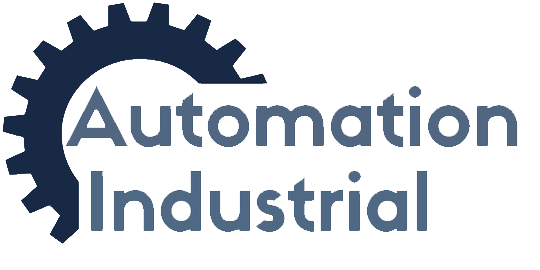The Benefits of Remote I/O in Modern Automation
Tags: Automation, Education, I/O
In the world of industrial automation, the concept of remote I/O (Input/Output) systems has become increasingly pivotal. As industries strive for greater efficiency, flexibility, and scalability, remote I/O systems stand out as a key solution. These systems allow for the monitoring and control of various processes from a central location, eliminating the need for direct interaction with each individual component. This article explores the multiple benefits that remote I/O systems bring to the table in modern automation scenarios.
Centralization of Control
One of the primary advantages of remote I/O systems is the centralization of control they offer. In traditional setups, operators often have to be physically present at different locations within a facility to monitor or adjust machinery. Remote I/O systems streamline this process by allowing operators to control and monitor multiple processes from a single, centralized location. This centralization not only saves time but also significantly reduces the chances of human error, enhancing overall operational efficiency.
Reduced Wiring and Installation Costs
Remote I/O systems significantly reduce the need for extensive wiring throughout a facility. Traditional systems require a direct connection between each sensor or actuator and the control system, often leading to complex and costly wiring setups. With remote I/O, signals are transmitted over a network, dramatically reducing the amount of wiring needed. This setup not only lowers installation costs but also simplifies maintenance and upgrades, leading to long-term cost savings.
Enhanced Scalability and Flexibility
The modular nature of remote I/O systems offers remarkable scalability and flexibility. As production demands change or a facility expands, additional I/O modules can be easily integrated into the existing network without major overhauls. This scalability ensures that the system can grow in tandem with the business, adapting to new requirements with minimal disruption. Additionally, the flexibility offered by remote I/O systems allows for easy reconfiguration of production lines and processes, accommodating shifts in manufacturing strategies or product designs.
Improved Data Acquisition and Analysis
Remote I/O systems facilitate enhanced data acquisition and analysis, crucial in today’s data-driven industrial environment. By gathering data from various points in a manufacturing process, these systems provide valuable insights into operational performance. This information can be used to optimize processes, predict maintenance needs, and make informed decisions, ultimately leading to increased productivity and reduced downtime.
Safety and Accessibility
In industries where processes involve hazardous materials or environments, remote I/O systems enhance safety by minimizing the need for human interaction with dangerous machinery or substances. Operators can monitor and control processes safely from a distance, reducing the risk of accidents and ensuring compliance with safety regulations. Moreover, remote I/O systems provide accessibility, allowing for remote troubleshooting and support, which can be particularly beneficial in locations that are difficult to access or in situations where travel is restricted.
Energy Efficiency
Remote I/O systems contribute to energy efficiency in industrial operations. By enabling precise control and monitoring of machinery and processes, these systems help in optimizing energy usage, reducing waste, and minimizing the environmental footprint. The ability to monitor energy consumption in real-time allows for immediate adjustments, contributing to more sustainable manufacturing practices.
Integration with Advanced Technologies
The integration of remote I/O systems with other advanced technologies, such as the Internet of Things (IoT), artificial intelligence (AI), and cloud computing, is further expanding their capabilities. This integration enables more intelligent and autonomous operations, with systems capable of self-diagnosis, predictive maintenance, and real-time decision-making. As industries move towards Industry 4.0, the role of remote I/O systems in facilitating interconnected and smart manufacturing environments becomes increasingly significant.
Conclusion
Remote I/O systems are revolutionizing the landscape of industrial automation, offering a multitude of benefits that align with the evolving demands of modern manufacturing. From centralizing control and reducing installation costs to enhancing scalability, safety, and energy efficiency, these systems are instrumental in driving operational excellence. As technological advancements continue to unfold, remote I/O systems will undoubtedly play a crucial role in shaping the future of automation, ensuring that industries remain efficient, flexible, and competitive in an ever-changing global market.
